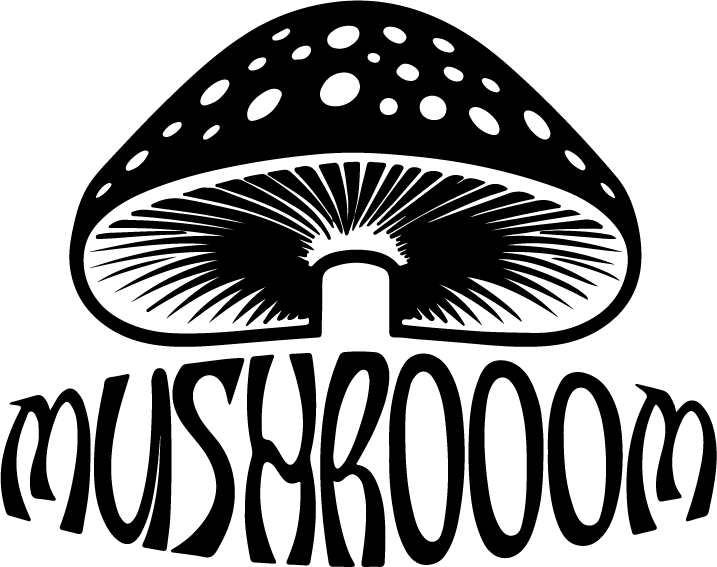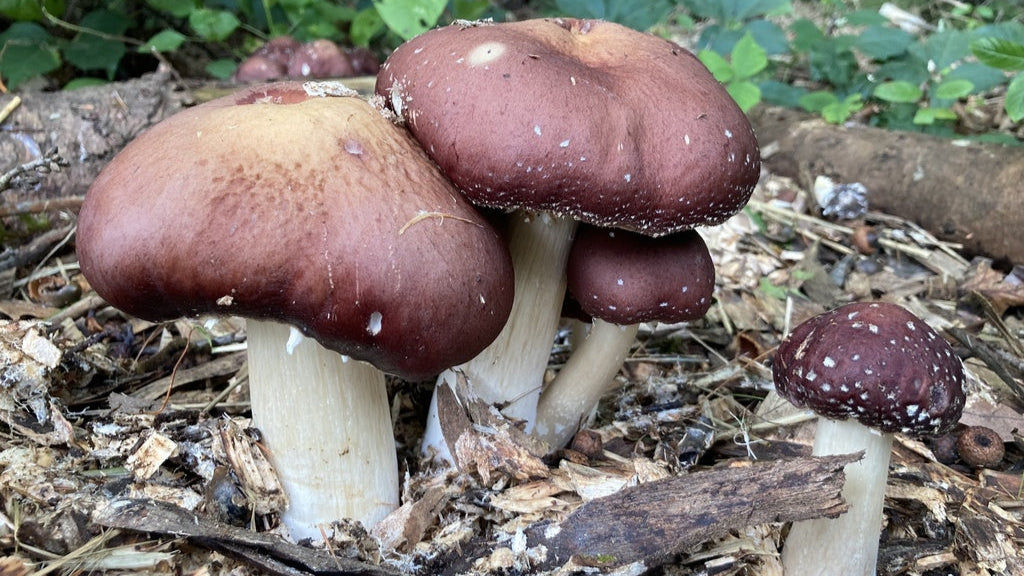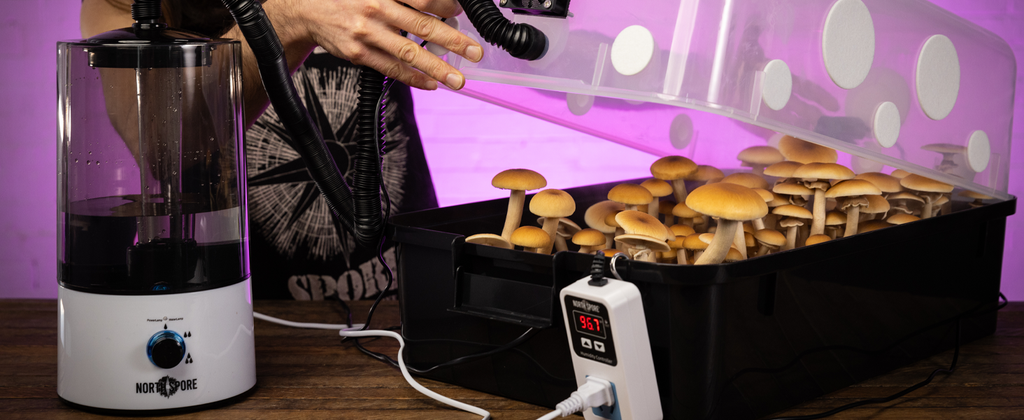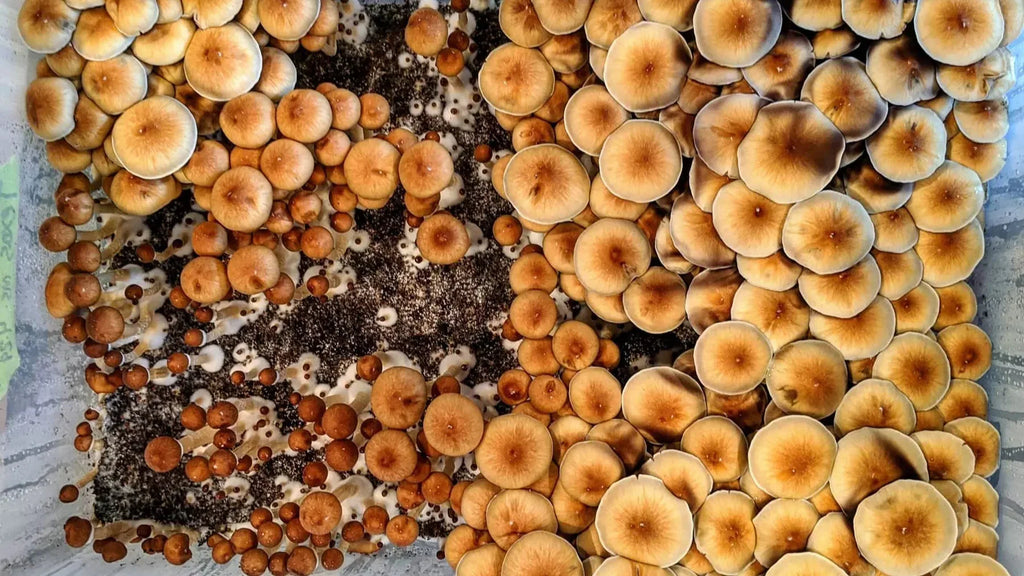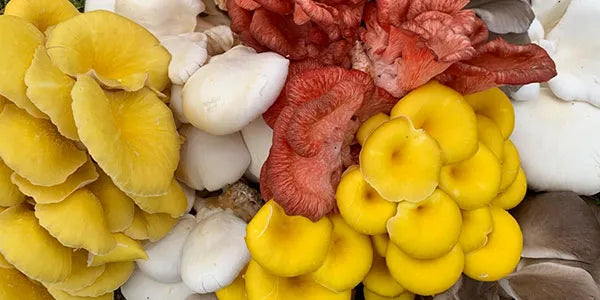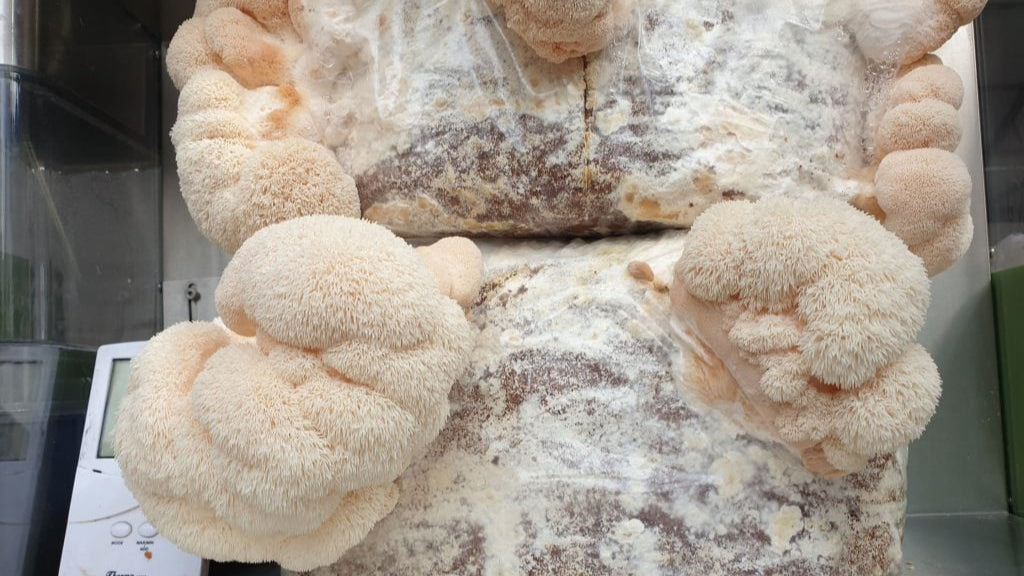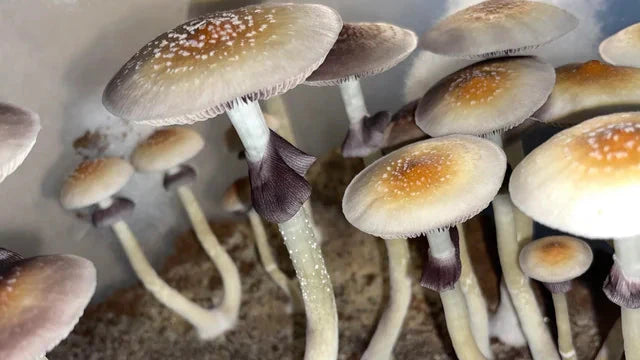
Cloning Mushrooms & How to Capture Genetics for Consistent High Yield

If you’ve ever grown mushrooms and wished you could reproduce the exact same flush again and again, cloning is your solution. Mushroom cloning allows growers to capture the genetics of their best mushrooms, ensuring consistent quality and higher yields in future grows. Unlike spores, which produce genetic variation, clones replicate the exact DNA of the mushroom you select—meaning every harvest can look and perform just like your best one.
In this guide, we’ll walk through what mushroom cloning is, why it matters, and step-by-step instructions for capturing and maintaining top-performing genetics.
Why Clone Mushrooms Instead of Using Spores?
While spores are a natural way to start a grow, they’re genetically diverse. This means that when you grow from spores, you may get mushrooms with different sizes, shapes, and yields—even within the same flush.
Cloning eliminates that randomness by preserving the exact genetics of a mushroom you like. Benefits include:
Consistency: Every flush will produce mushrooms with the same traits.
Higher Yields: You can preserve genetics from your most productive mushrooms.
Faster Fruiting: Clones often colonize substrates quicker than spores.
Selective Breeding: Over time, you can create strong, resilient mushroom lines.
When Should You Clone a Mushroom?
The best time to clone is during the mushroom’s prime maturity, just before it drops spores. Look for:
Thick, meaty stems
Fast-growing fruit bodies
No signs of contamination or deformities
Step-by-Step Guide to Cloning Mushrooms
Step 1: Gather Your Materials
You’ll need:
A sterile workspace (still air box or laminar flow hood)
Scalpel or flame-sterilized blade
Petri dishes or jars with agar (nutrient-rich medium)
Sterile gloves and alcohol wipes
Step 2: Take a Tissue Sample
-
Select your target mushroom.
-
Using a sterilized scalpel, split the mushroom in half vertically.
-
Cut a small piece of tissue from the inner stem (stipe)—this area is less exposed to contaminants.
Step 3: Place Tissue on Agar
Transfer the tissue sample onto a prepared agar plate or jar.
Seal the dish to prevent contamination.
Incubate at the species’ ideal temperature (usually 70–78°F for many gourmet varieties).
Step 4: Wait for Mycelium Growth
After several days to a week, white mycelium will begin spreading across the agar. This is your cloned culture.
Step 5: Transfer and Expand
Once your clone culture looks clean, transfer a piece to a new agar plate. Repeat this process a few times to ensure purity. From here, you can expand the culture into grain spawn, then bulk substrate.
Best Mushrooms to Clone
Some species respond especially well to cloning:
Oyster Mushrooms: Fast-growing and very forgiving.
Lion’s Mane: Cloning helps preserve dense, meaty fruiting bodies.
Shiitake: Consistent yields benefit greatly from genetic stability.
Common Mistakes to Avoid When Cloning Mushrooms
-
Skipping Sterility: Contamination is the #1 reason cloning attempts fail.
-
Cloning Old Mushrooms: Older fruit bodies carry more contaminants and weaker tissue.
-
Not Isolating Clean Mycelium: Always transfer to fresh agar plates to avoid hidden mold.
Why Cloning is the Key to High-Yield Mushroom Growing
Cloning is more than just a technique—it’s a strategy for sustainable, high-yield cultivation. By preserving genetics from your best-performing mushrooms, you can:
Reduce variability between flushes
Save money on spore syringes or prints
Build a reliable library of mushroom cultures
For anyone serious about mushroom cultivation—whether for a hobby or small business—cloning is the foundation of consistent results.
Final Thoughts
Learning how to clone mushrooms gives growers control over the most important factor in cultivation: genetics. Instead of relying on luck with spores, you can lock in your best traits and repeat successful harvests over and over again.
